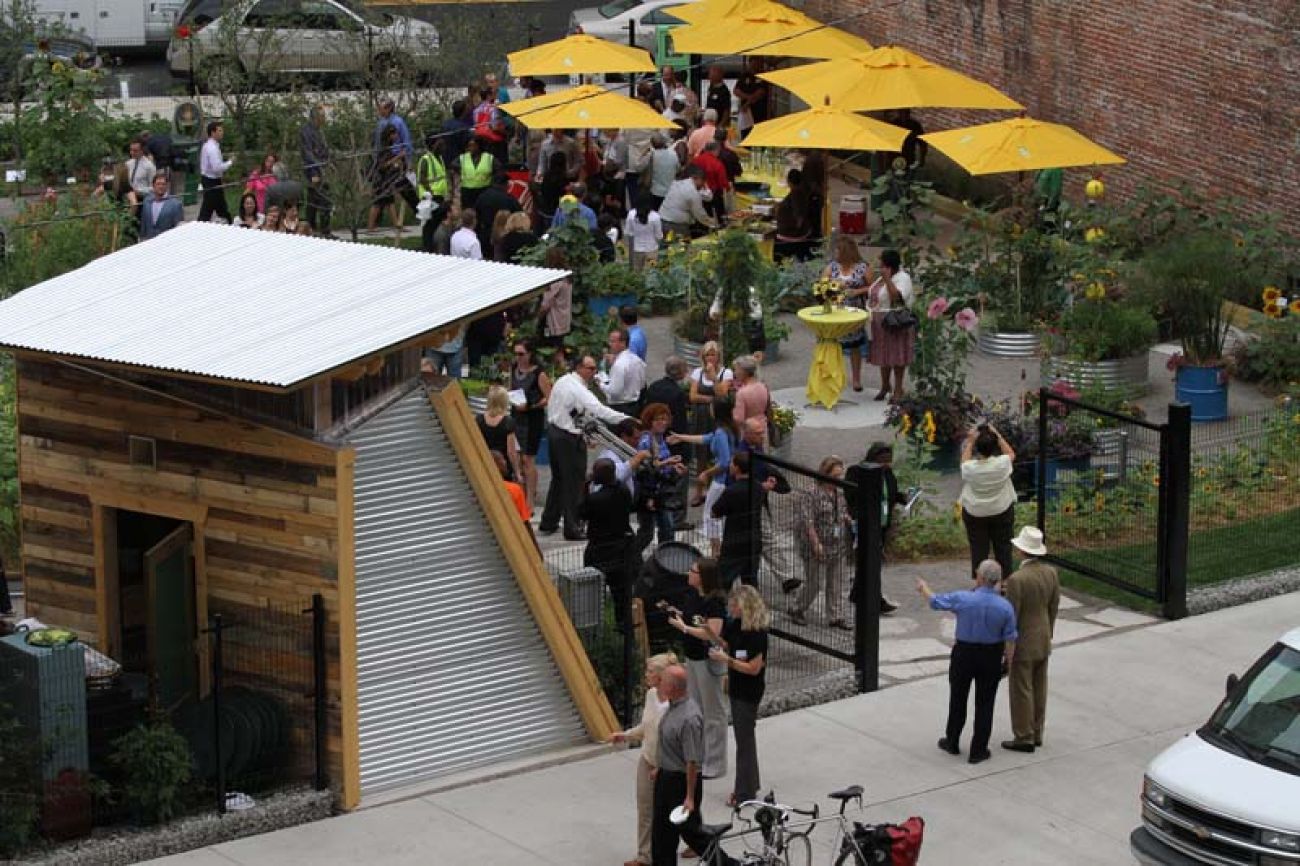Benchmark: Jobs

Coleman Young often talked about the importance of jobs in restoring Detroit’s economic fortunes and alleviating crime after becoming the city’s first African-American mayor in 1974.
But Young, who died in 1997, never saw those jobs materialize. Even before he was first elected 40 years ago, and through a series of Young’s successors, Detroit has bled jobs and residents, contributing to falling revenues and the city’s slide into bankruptcy.
Now it’s up to newly elected Mayor Mike Duggan, in concert with business, community and state leaders, to bring jobs to a city that desperately needs them to remain viable.
Duggan has established an ambitious goal of restoring population growth within five years, reversing a 60-year trend.
But new arrivals, as well as the city’s roughly 700,000 residents, will require more jobs to revive the city’s economic fortunes. Creating job opportunities could be as daunting a challenge for Duggan as it was for Young 40 years ago.
“The question is; where are those jobs going to come from? What jobs are Detroit residents prepared to take?” said demographer Kurt Metzger, who recently retired as director of Data Driven Detroit and now serves as mayor of Pleasant Ridge, in suburban Oakland County.
Outside of Detroit’s blossoming downtown and midtown areas, the city’s job market is bleak.
Detroit’s unemployment rate in November was 15.1 percent, nearly double the jobless rate for the entire metro area. The jobless rate is roughly 40 percent for young Detroiters between the ages of 20 and 24. And nearly 23 percent of city residents lack even a high school education.
Only 30 percent of Detroit adults consider themselves to be working, the lowest percentage of any large city in the country – and nearly half of those that do have jobs work outside the city, a percentage exceeded in the U.S. only by Las Vegas.
The rate of Detroit residents who work outside of the city might be even higher, but roughly 25 percent of Detroit households don’t have cars. And a lack of reliable public transportation makes jobs in the suburbs inaccessible to many Detroit residents.
Experts say creating more good jobs in the city will be a difficult because of a variety of factors, including struggling public schools, a workforce that is already poorly educated, a lack of adequate housing and a crime rate that deters businesses and people from locating in Detroit.
Of the new metro-Detroit jobs projected in the next decade, more than 4-in-10 are expected to be low-skill, low-pay gigs such as retail and food service, according to a Bridge analysis of federal jobs data.
That will make it tough for Detroit to become the prosperous economic engine of the region it was in the 1940s and 1950s, when the economy was bolstered by tens of thousands of middle-class manufacturing jobs.
Gov. Rick Snyder, who authorized the city’s bankruptcy filing last year, wants to create thousands of new high-paying jobs in the city by attracting skilled immigrants. Snyder is asking Washington to approve 50,000 additional work visas over the next five years for immigrants with advanced academic degrees or those with special skills in the sciences, arts or business.
Those receiving the employment-based visas would be required to live and work in Detroit.
“Legal immigration helped to build this great city and is just as critical to its comeback,” Snyder said. “Immigrants create jobs and Detroit is a great value opportunity in terms of business costs and overall quality of life.”
The governor said studies show that every highly skilled immigrant who comes will add 2.5 spinoff jobs in areas ranging from retail to financial services.
If his proposal is approved and Detroit can attract 50,000 immigrants, his math would mean as many as 125,000 new jobs in the area. How many of these jobs would go to Detroiters remains an open question that Bridge will follow closely.
And creating enough good housing for an influx of immigrant entrepreneurs, many of whom would likely work in Detroit’s resurgent midtown and downtown areas, could be a problem.
Companies including Compuware, Quicken Loans and Blue Cross Blue Shield of Michigan have added more than 10,000 new jobs in that part of the city since 2010. That’s led to a shortage of housing for those wanting to live nearby.
New jobs in the downtown area, many of them in technology and skilled health care professions, could help employment spread to other areas of the city, said Metzger, the demographer. But many of those spinoff jobs would likely be in lower-paid service occupations, unless Detroit can find a way to lift education and job training for residents.
“That’s still the big question mark,” Metzger said. “What do you do with a large percentage of the population that doesn’t have skills and education, and is being left out of the work force?”
Bridge will chart how leaders begin to answer that question in the months ahead.
See what new members are saying about why they donated to Bridge Michigan:
- “In order for this information to be accurate and unbiased it must be underwritten by its readers, not by special interests.” - Larry S.
- “Not many other media sources report on the topics Bridge does.” - Susan B.
- “Your journalism is outstanding and rare these days.” - Mark S.
If you want to ensure the future of nonpartisan, nonprofit Michigan journalism, please become a member today. You, too, will be asked why you donated and maybe we'll feature your quote next time!

